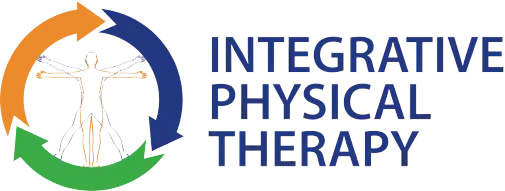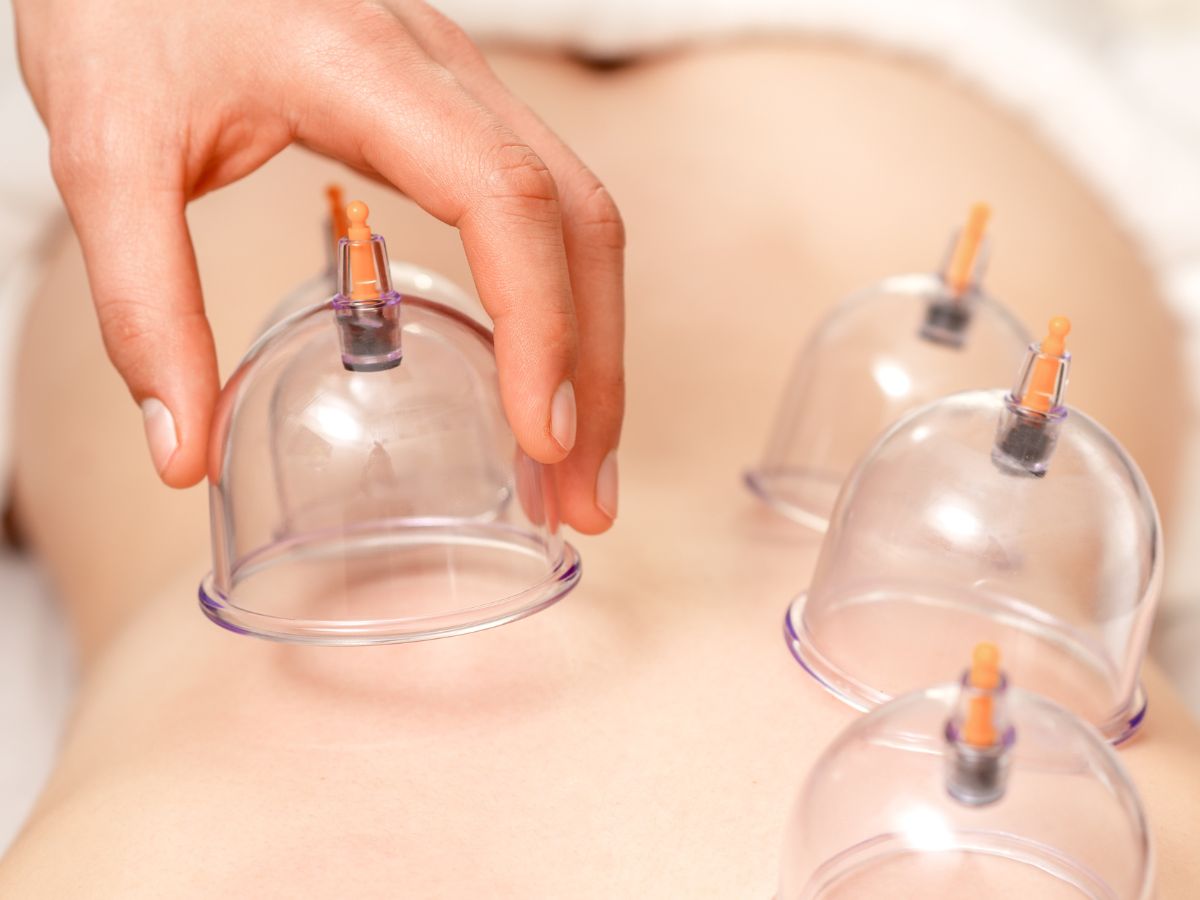Introduction
Shoulder pain is a frequent condition influenced by multiple factors, including muscle tension, injury, or underlying medical conditions. Cupping therapy, an ancient practice with roots in traditional Chinese medicine, has gained recently gained popularity as a beneficial and comprehensive approach to alleviating shoulder pain.
This article delves into the intricacies of shoulder cupping, shedding light on its benefits and how it can be a game-changer for those grappling with shoulder discomfort.
Understanding Some Common Causes of Shoulder Pain
1. Rotator Cuff Problems
The rotator cuff, a crucial group of muscles and tendons in the shoulder joint facilitating a broad range of motion, can face issues because of excessive use, injury, or wear and tear associated with aging. Cupping therapy effectively manages shoulder pain, including problems related to the rotator cuff muscles.
2. Calcific Tendonitis
Calcific tendonitis involves the formation of calcium deposits in the tendons around the shoulder. This condition can cause intense pain and limit the range of motion. Exploring the formation, symptoms, and impact on the shoulder joint will provide readers with a detailed understanding.
3. Frozen Shoulder
Known as adhesive capsulitis, frozen shoulder brings stiffness and pain to the shoulder joint. Explore the stages of a frozen shoulder, contributing factors, and potential complications, focusing on the trapezius muscle.
4. Osteoarthritis
Osteoarthritis, a degenerative joint disease, can affect the shoulder joint, leading to pain, swelling, and reduced mobility. Detailing the causes, symptoms, and impact on shoulder health will provide readers with valuable insights.
5. Fractures and Dislocations
Shoulder fractures and dislocations can result from traumatic incidents or accidents. This part of the article will explore the types of fractures and dislocations, their immediate effects, and potential long-term consequences on shoulder function.
How Does Cupping Therapy Work?
Cupping therapy, using special cups to create a vacuum seal on the skin, significantly affects blood pressure and shoulder cupping points. This vacuum enhances blood flow, relieves muscle tension, and promotes natural healing.
Clinical evidence shows that it demonstrates noteworthy improvements both statistically and clinically in shoulder pain index, disability index, shoulder flexion, abduction, and external rotation. Cupping therapy replicates an analgesic effect with no identified adverse side effects, making it potentially safe.
How is cupping performed?
There are various cupping techniques, and the steps differ based on the chosen method. The cups are typically left in place for several minutes, with some treatments involving brief movements to stretch and massage the area.
Cupping methods include:
Dry Cupping:
- The provider heats the inside of each cup, creating a vacuum by removing the air. This can be done traditionally with a flame or, more modernly, using a suction device.
Running Cupping
- Similar to dry cupping, wet cupping involves applying lotion or oil to the skin. The cups are then gently moved in different directions over the affected area, enhancing the therapeutic effects of cupping therapy.
Bleeding Cupping:
- In traditional medicine, the provider lightly punctures the skin with a needle before placing the cups. This technique facilitates the release of toxins through the suctioned blood captured in the cup, enhancing the therapeutic benefits of cupping therapy.
What types of cups are used?
While most providers commonly use glass or plastic cups, cups can also be made of:
- Bamboo.
- Ceramic.
- Metal.
- Silicone.
Benefits of Cupping for Shoulder Pain
Cupping therapy offers numerous benefits for individuals seeking relief from shoulder pain:
- Pain Reduction: By promoting blood circulation and releasing muscle tension, cupping can significantly alleviate musculoskeletal pain, including shoulder pain, chronic neck pain, joint pain, and arm pain.
- Improved Range of Motion: After cupping therapy, many find increased range and shoulder mobility, emphasizing the positive impact of this alternative therapy on well-being and stress reduction. Cupping targets tight muscles through negative pressure.
- Relaxation: Cupping induces a state of relaxation, aiding overall well-being and stress reduction by targeting tight muscles through negative pressure, benefiting not just chronic pain but a variety of conditions.
- Non-Invasive: Unlike surgical procedures, cupping therapy is a non-invasive approach with minimal risks, particularly beneficial for connective tissues and blood vessels. This alternative therapy also emphasizes a lower level of pain, providing a gentle yet effective option for various conditions.
What Should You Expect After Cupping
Skin Marks
Cupping leave circular marks on the skin, typically painless and fading within a few days. These marks, resulting from the suction, indicate the therapy is working effectively and are distinct from localized skin burns, ensuring a safe and temporary aftermath.
Slight Soreness
Some individuals may experience mild soreness in the treated area after cupping therapy, akin to the sensation following a deep tissue massage. It’s important to note that these mild adverse effects are temporary and typically subside quickly.
Conclusion
“Cupping therapy, a natural and non-invasive complementary therapy, is an effective approach to managing shoulder pain. Whether you’re dealing with rotator cuff problems, calcific tendonitis, frozen shoulder, osteoarthritis, or the aftermath of fractures and dislocations, cupping therapy stands as a valuable tool in your journey to shoulder pain relief. Explore the benefits today with Integrative Physical Therapy — your path to a pain-free, mobile life awaits
FAQS
Q1: How many cupping sessions are recommended for shoulder pain relief?
A1: The number of sessions of cupping therapy for shoulder pain relief varies based on pain severity and individual response. Generally, relief is often experienced after a few therapy sessions. Consult a healthcare professional or licensed cupping therapist for personalized advice. They can assess your situation and suggest a treatment plan involving regular sessions over a defined period for optimal results.
Q2: Can I perform shoulder cupping at home, or should it be done by a professional?
A2: It is recommended to seek the expertise of a trained professional for shoulder cupping rather than attempting it at home. Creating suction on the skin requires expertise to ensure safety and effectiveness. Professionals can assess individual needs, apply appropriate suction, and monitor for adverse reactions.
Performing cupping at home without proper knowledge may result in injuries or suboptimal outcomes, potentially elevating the pain level. To ensure safety and effectiveness, consult with a healthcare provider or cupping specialist before attempting it independently.
Q3: Can cupping therapy prevent shoulder injuries?
A3: Cupping therapy manages conditions, not prevent injuries. While it improves circulation and reduces inflammation, it isn’t a surefire way to prevent shoulder injuries. Prevention involves proper posture, exercise, and avoiding overuse. Consult a professional for personalized advice on shoulder health. Individual responses vary, so seek guidance from a qualified provider or cupping specialist based on your needs.

